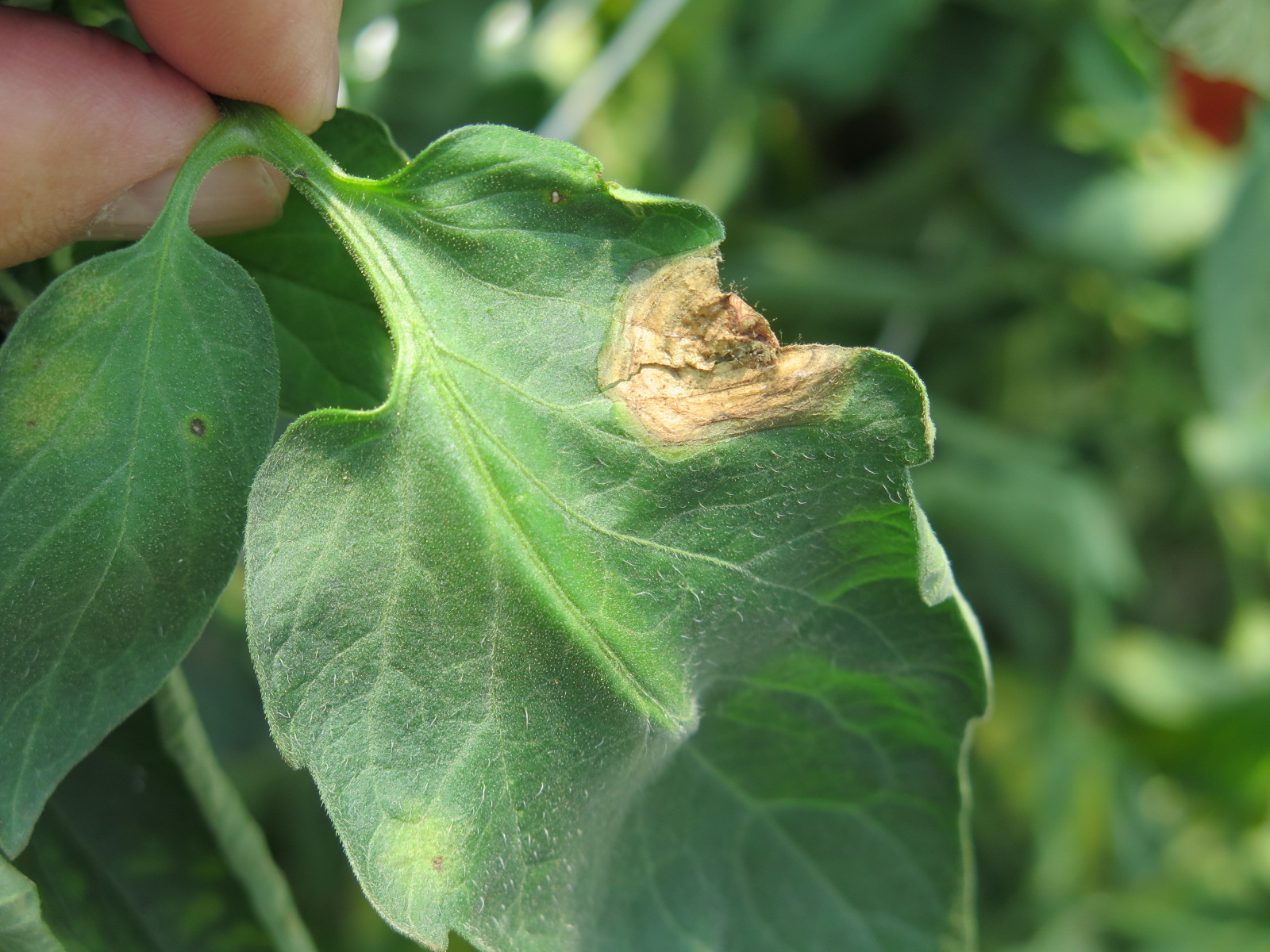
Tomate
How to recognize and combat late blight in tomatoes
Late Blight
Oomycete
Type:
Risk to the plant:
CRITICAL
Phytophthora Infestans
Pathogen:
Phytophthora
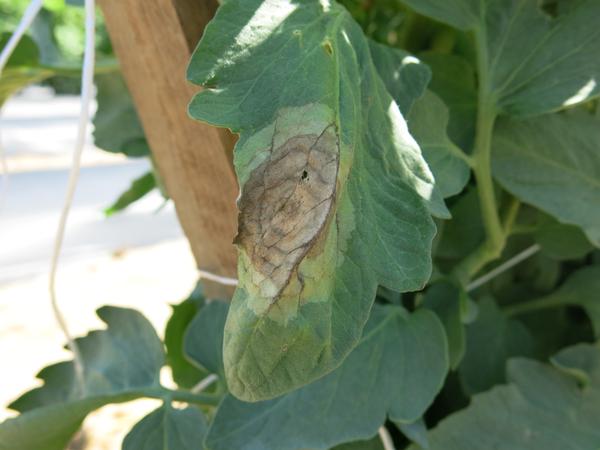
WHO CAUSES IT?
Phytophthora infestans is an oomycete belonging to the class Oomycetes, known to cause late blight in tomato and potato crops. This pathogen is responsible for one of the most destructive diseases in these crops. Its reproduction is both sexual and asexual, which allows it a great capacity for adaptation and survival. Under favorable humidity and temperature conditions, sporangiospores are released and transported by wind or water to susceptible plants. Once in contact with the plant tissue, the spores germinate and penetrate the plant, developing mycelia that invade the internal tissues. Phytophthora infestans can survive in infected crop residues, soil and tubers, which facilitates its dispersal and persistence in the agricultural environment.
SYMPTOMS
Late blight caused by Phytophthora infestans severely affects tomato crops, manifesting itself in various symptoms that deteriorate both the plant and the fruit. This disease causes watery, necrotic Taches on leaves, stems and fruits, which eventually become covered with white mold in high humidity conditions. The rapid spread of spores can lead to complete destruction of the crop if not controlled in time.
- Dark, watery Taches on leaves and stems
- Necrotic lesions with a pale green or yellowish border
- White mold on the underside of leaves in humid conditions
- Withering and collapse of the plant
- Brown Taches on the fruits, which can become firm and leathery
- Premature fall of leaves and fruits
- Total loss of performance in severe infections
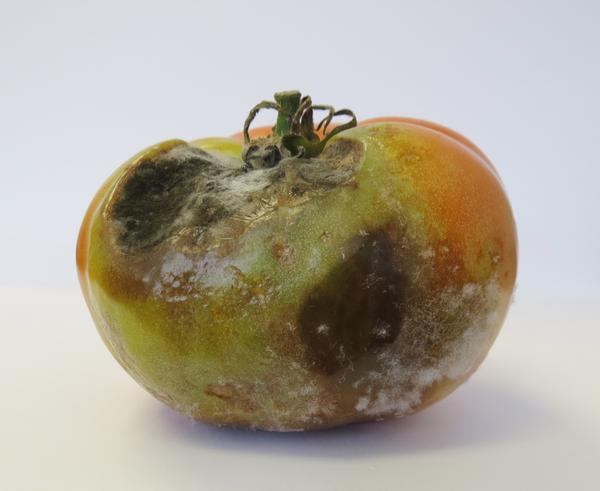
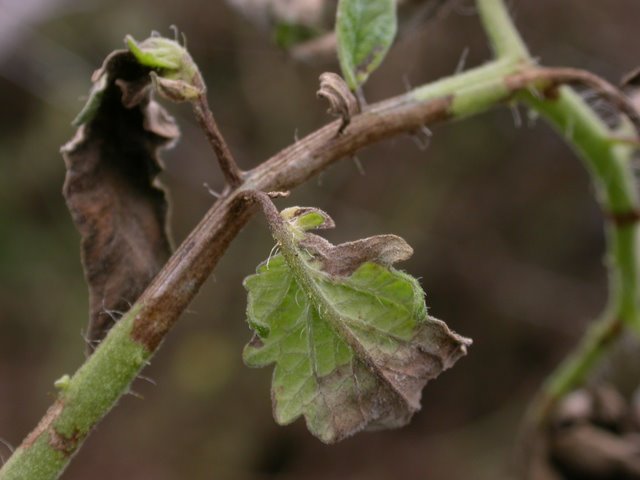
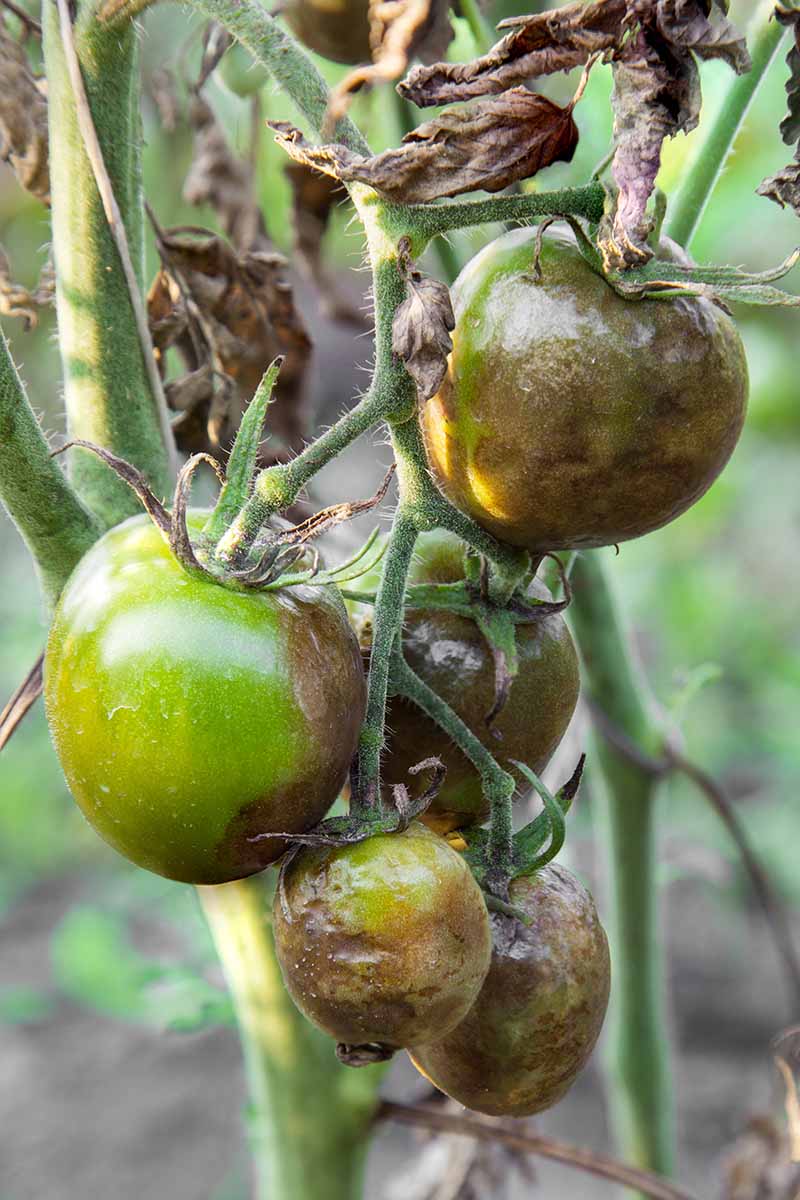
DEVELOPMENT CONDITIONS
Temperature:
15-25°C
Humidity:
85-100%
HOW IS IT SPREAD?
Direct contact with infected plants, contaminated irrigation water, contaminated agricultural tools, wind, infested soil, infected plant remains
HOW TO ELIMINATE IT?
Home treatments
Natural allies
There are no natural allies
Chemical treatments
There are no treatments for this disease. Treatments are directed at the insect vectors that transmit it. See insect treatments.
RECOMMENDED PRODUCTS TO ELIMINATE THE PEST
REPELLENT PLANTS
-
RECOMMENDATIONS
- Avoid waterlogging pots or soil, make sure drainage is good.
- Water in the mornings so the soil dries during the day.
- Do not use soil or compost that has been in contact with diseased plants.
- Clean gardening tools after use.
- If a plant is very affected, remove it to prevent it from infecting the others.
- If necessary, use specific products with antifungal effect, always following the manufacturer's instructions.





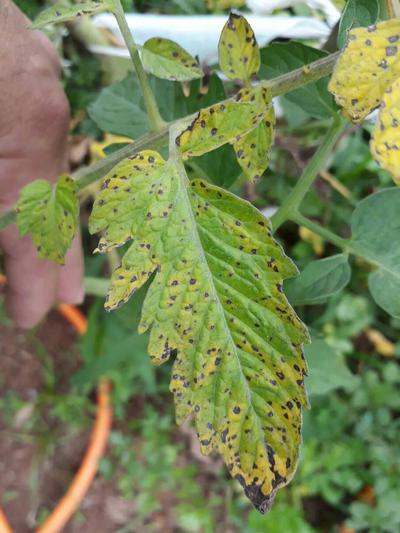











:strip_icc()/Tomato-Pests-and-How-to-Get-Rid-of-Them-Aphids-1240757332-ee4e1a4311004964a61c3878054935d3.jpg)


